Farmland Wading Birds Information Note: Snipe (Gallinago gallinago)
Heather Bleater, Horsegowk (Scots), Naosg (Gaelic)
Download a pdf copy of this Information Note
The Snipe is widespread, though scarce in the more intensive arable areas. The highest numbers are found in Caithness, the Northern and Western Isles (see map below). Population estimate:42,000-50,000 pairs. Numbers have remained more stable than other waders, with no significant long-term decline in the past 25 years
Characteristics
- Smaller than other farmland waders—a little larger than a thrush
- Very long straight bill
- Streaky brown plumage and secretive nature
- Harsh ‘Shkepp’ call when it takes flight
- Repetitive, mechanical ‘chippa-chippa’ song often given from a fence post
- Aerial display flight produces vibrating ‘drumming’ noise from outer tail feathers
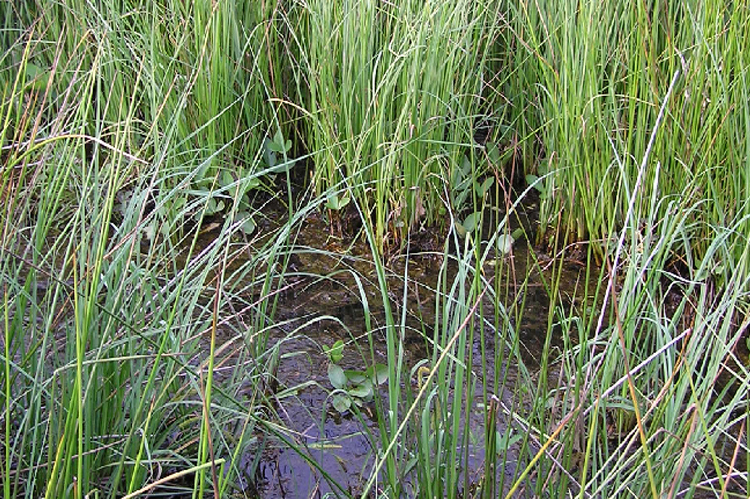
Nesting behaviour
- Favours very wet, rushy areas
- May be found in wetland areas on enclosed farmland or wet flushes on the open hill
- Tolerates denser vegetation than other farmland waders.
- Spends winter at the coast
Key considerations
- Snipe are more exclusively dependent on very wet, rushy areas than other farmland waders.
- A mix of tall rushes and shorter sedges and grass, with shallow pools of water is ideal
- Typically found in open wetland or moorland landscapes but can tolerate a scatter of trees more readily than other farmland waders.
- They tolerate somewhat taller vegetation than lapwings and redshank, but will avoid very dense, tall rushes.
Practical management options
- Retain or create a high water table
- Create shallow pools or scrapes within wetlands and pasture to hold water from March-June
- Manage grazing to create a predominantly mosaic of vegetation heights, with tussocks of grass or rush up to 10-30cm tall, but with some shorter vegetation between tussocks
- Light grazing, especially with cattle, in late summer/autumn can help create this sward structure
- Topping in late summer may be necessary if rushes become too dense
- Restrict (<1.0LU/ha) or, preferably, exclude grazing from mid-April to the end of May
For further information, search for waders at the following sites:
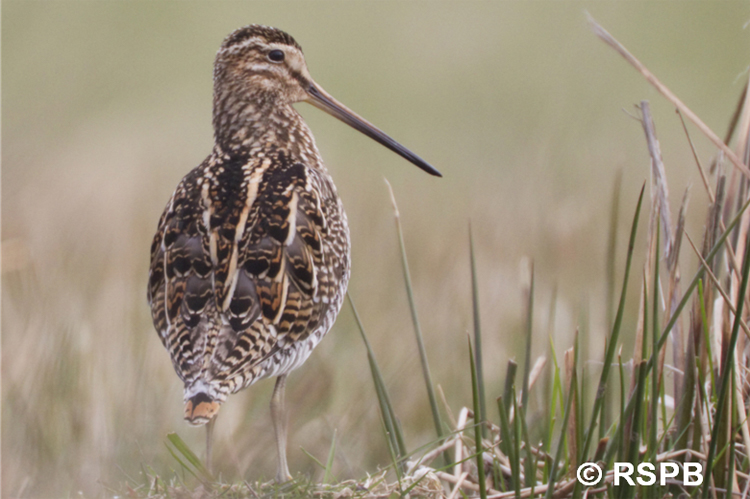
Habitat preferences
- Favours very wet, rushy areas
- May be found in wetland areas on enclosed farmland or wet flushes on the open hill
- Tolerates denser vegetation than other farmland waders.
- Spends winter at the coast
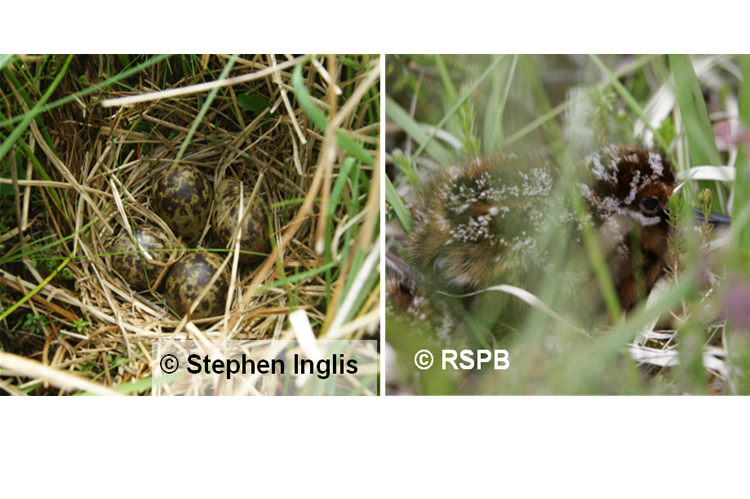
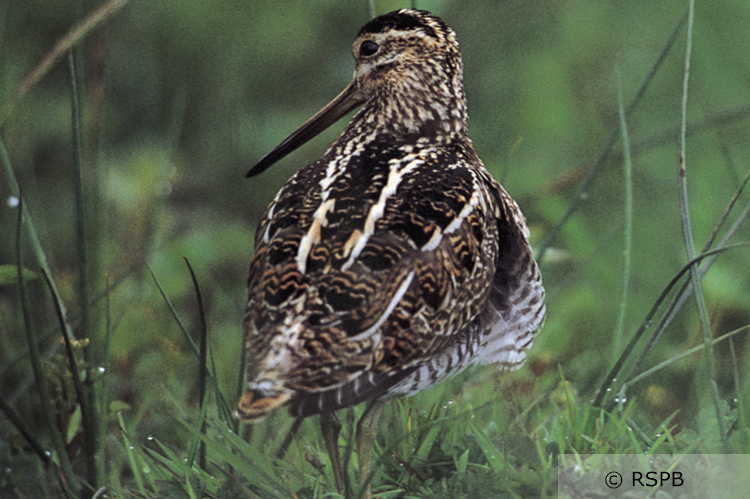
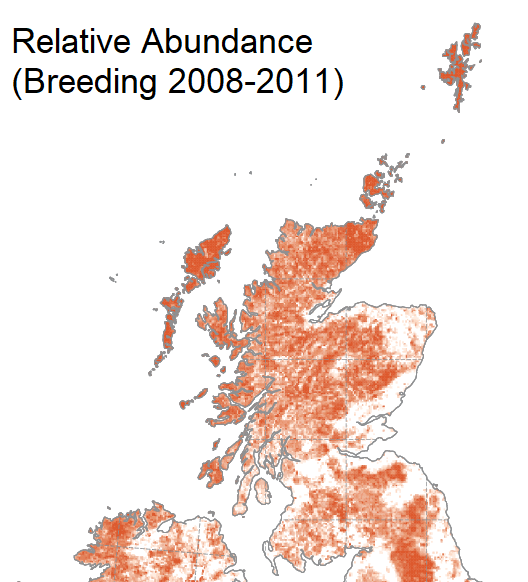
Snipe abundance in Scotland during the breeding season. Map reproduced from Bird Atlas 2007–11, which is a joint project between BTO, BirdWatch Ireland and the Scottish Ornithologists’ Club. Map reproduced with permission from the British Trust for Ornithology.
Scan this QR code (or click here) to link to a recording of the song and drumming of a Snipe.
Download a pdf copy of this Information Note
Sign up to the FAS newsletter
Receive updates on news, events and publications from Scotland’s Farm Advisory Service

